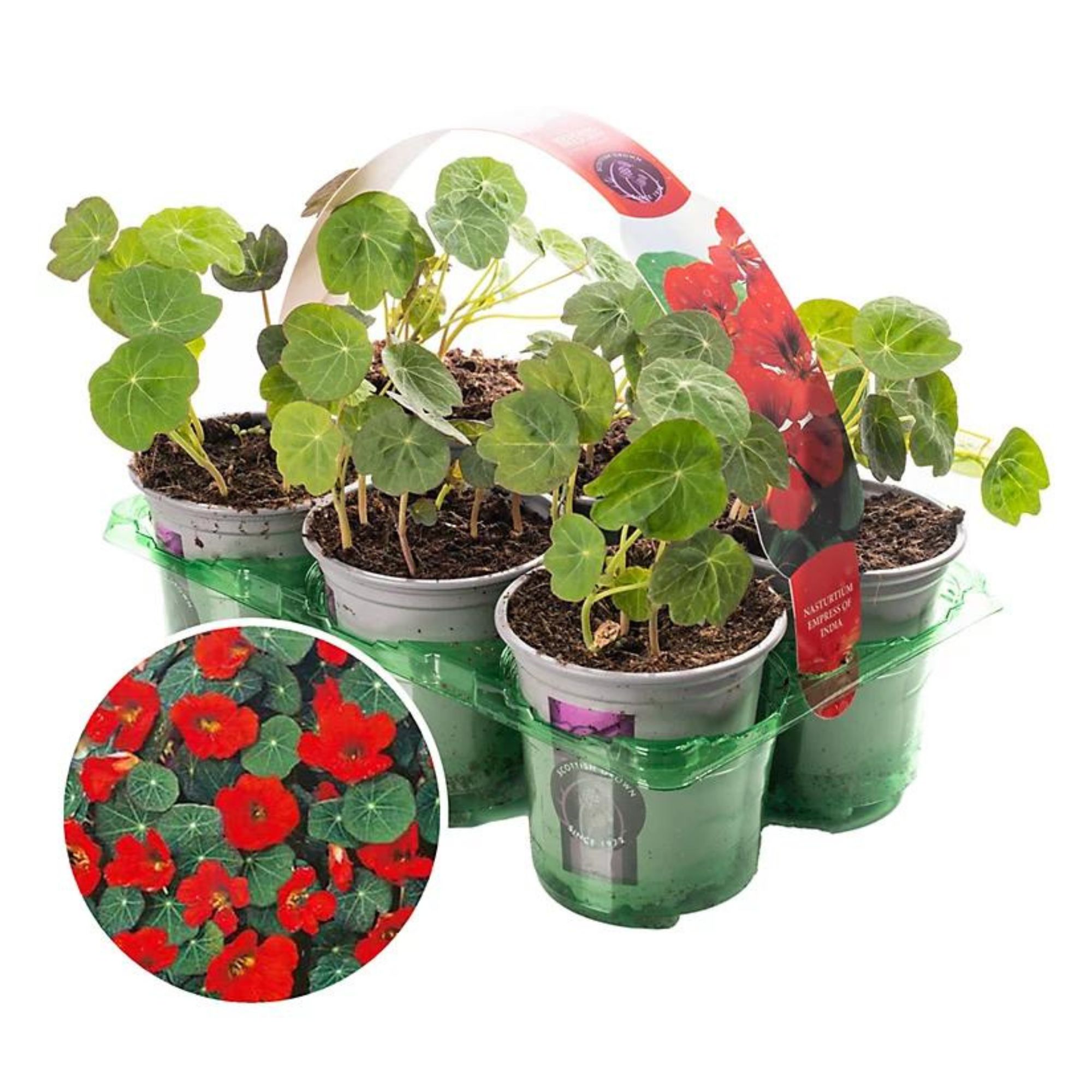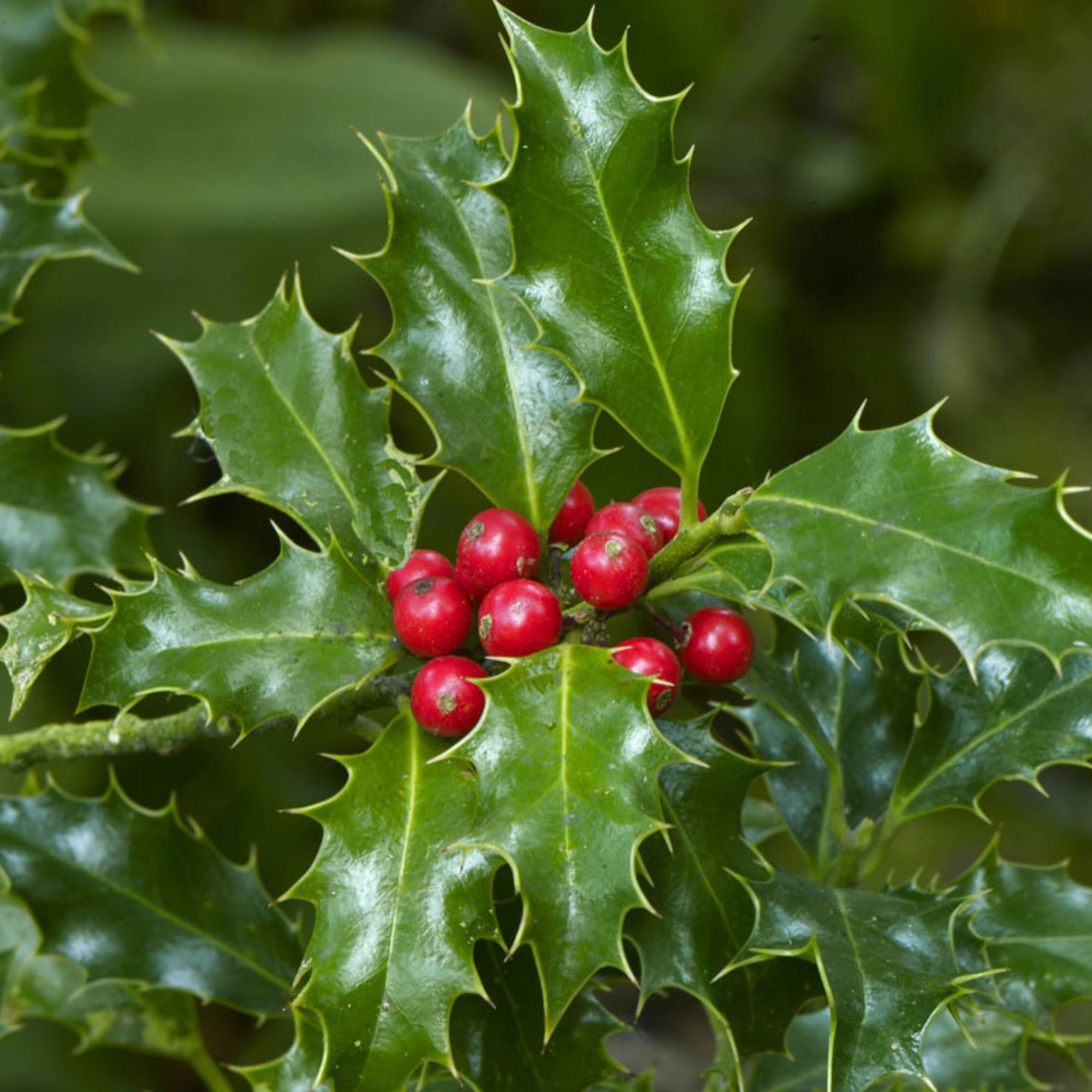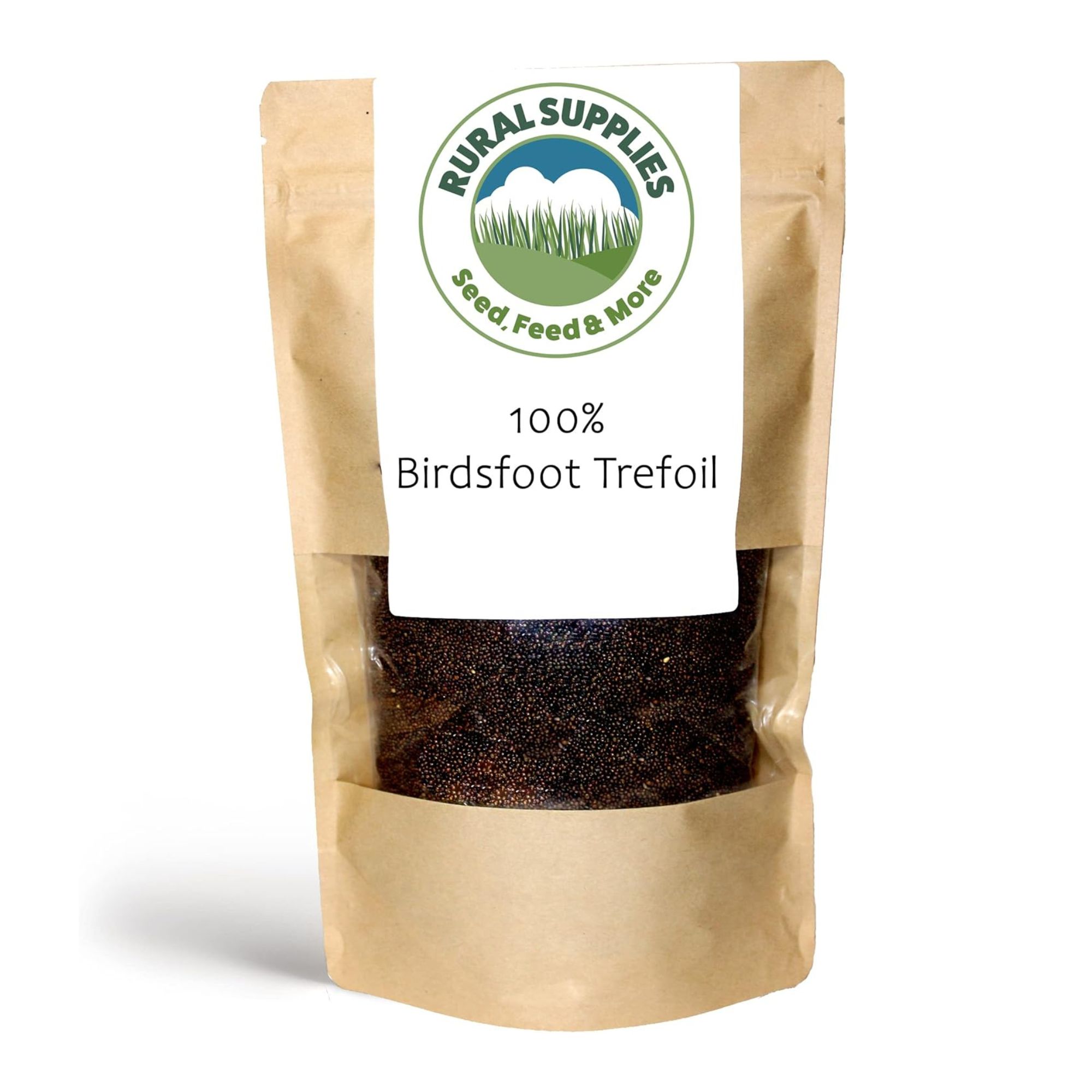Why has Nancy Birtwhistle chosen to keep caterpillars in her veg patch? Everything you need to know - and what the experts say about it
She’s controlling her very hungry caterpillars the natural way
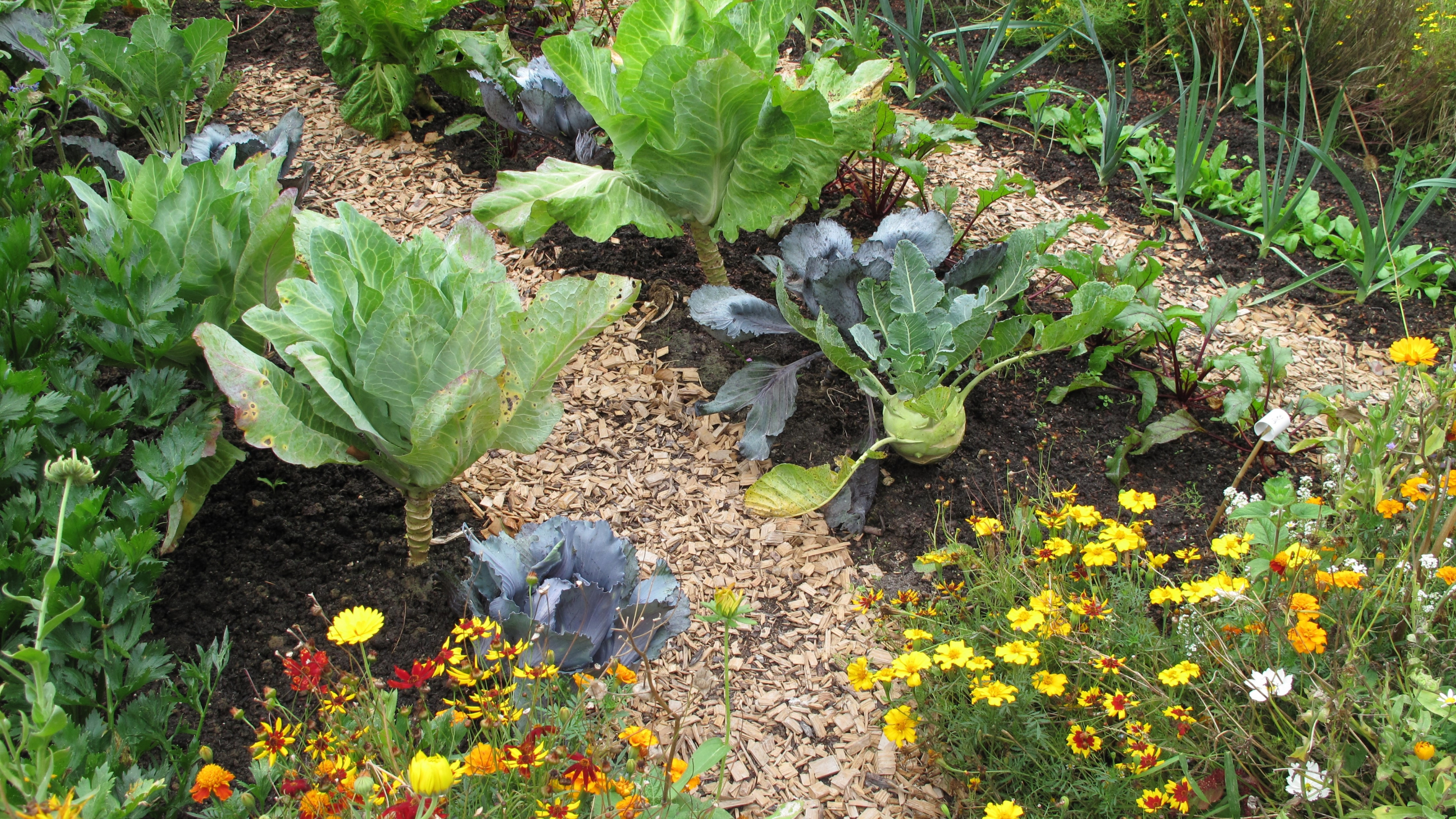

Let’s be honest; caterpillars only need a few days to ruin your gardening efforts. These very hungry caterpillars will chomp your brassicas down to a single stalk and they’ll munch their way through your flowerbeds without a care in the world. But Nancy Birtwhistle’s caterpillar hack can definitely help with that.
Yes, if you’re constantly trying to stop caterpillars eating your plants, you’ll understand the struggle. They’re some of the garden plant pests that you just can’t ignore, and they can make a huge dent in your garden - especially if you’re trying to grow your own fruit and vegetables. And while you may be inclined to get rid of caterpillars as soon as you spot them, GBBO legend Nancy has suggested an alternative.
Her hack caused a stir when she uploaded it on her Instagram stories, but we’ve spoken to gardening experts about her controversial decision not to get rid of the caterpillars that were chomping on her veg - and they all agree that we should all be doing the same.
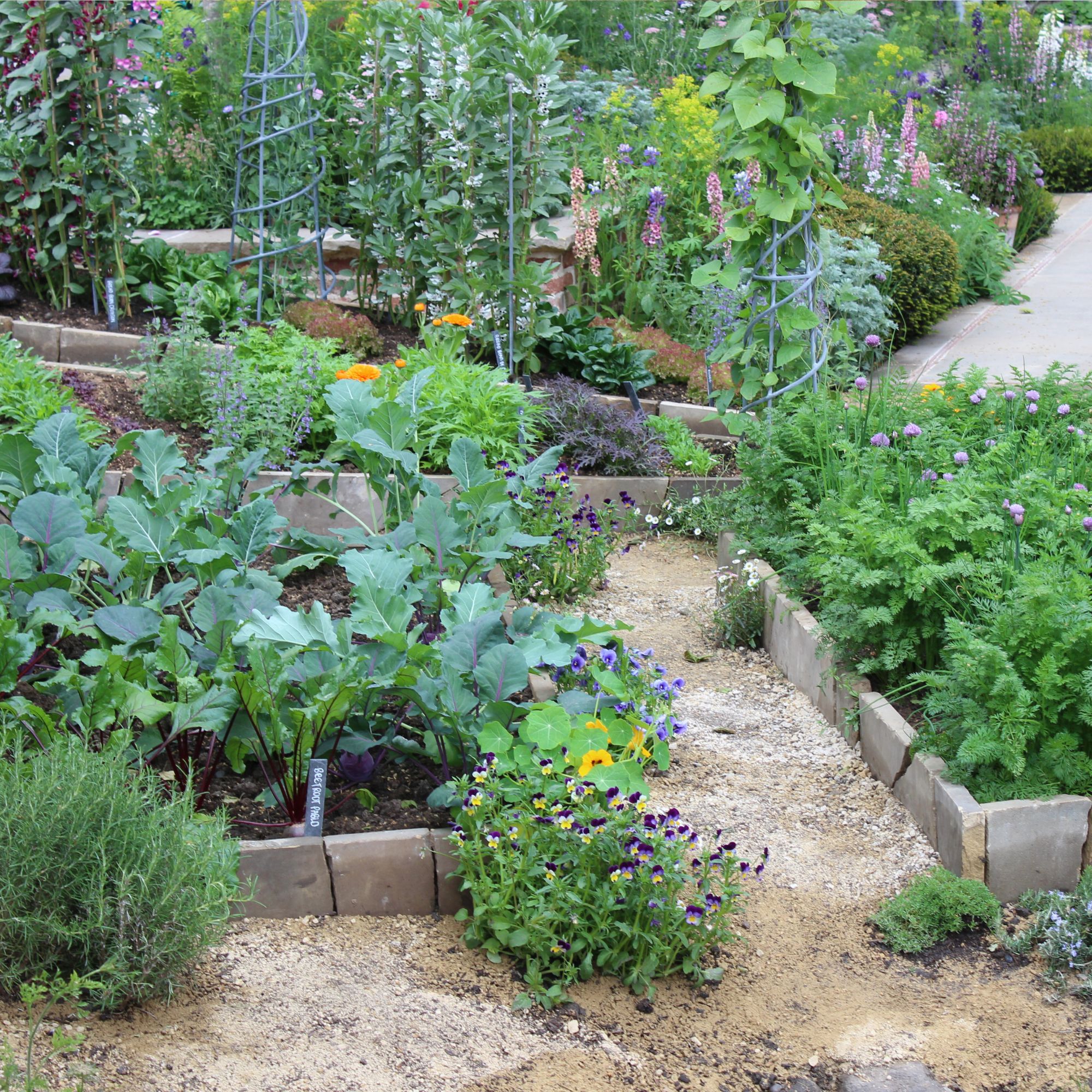
In her Instagram video, Nancy takes us around her vegetable garden, proudly showing off the butternut squash, fennel, kale, onions, parsnips, sweetcorn, and sprouts growing in a dedicated corner of her (admittedly very impressive) garden.
And while her vegetable-growing skills have to be commended - especially during a year in which growers are struggling to get rid of slugs - she proved that she was just like the rest of us when she gave us a closer look at the leaves of her sprouts, which caterpillars had chomped.
A post shared by NANCY (@nancy.birtwhistle)
A photo posted by on
Although Nancy admitted that her sprouts were the only caterpillar victims, she didn’t want them to spread to her other produce. But instead of reaching for chemical pest controls or insecticides and killing the caterpillars, she decided to rehome them.
Not only that, but she opted to do something that the Ideal Home team has been raving about for the past few months: trap cropping and using sacrificial plants.
Sign up to our newsletter for style inspiration, real homes, project and garden advice and shopping know-how
Yes, in her video, Nancy can be seen picking the caterpillars off her sprouts by hand, popping them in an egg carton, and then rehoming them on her horseradish plant. And as horseradish grows underground, the caterpillars can eat as many of the horseradish leaves as they want without harming the crop. In doing so, Nancy hopes that they’ll leave her sprouts alone.
Why you should rehome your caterpillars
Seeing Nancy champion this natural pest-control method - which is similar to companion planting - definitely put a smile on the Ideal Home team’s faces. Not just because Nancy chose to save the lives of the caterpillars, either.
Our Gardens Editor, Sophie King, is a huge fan of using sacrificial plants for pest control.
She says, ‘Sacrificial plants are my favourite way of dealing with caterpillars, because although they're a garden pest, I actually have a soft spot for them! When I first grew radishes, they quickly became the targets of an infestation of cabbage white caterpillars. But I was fascinated by them and enjoyed watching them, so I didn't want to eradicate them completely.’

She adds, 'So, I sowed some nasturtiums in my vegetable patch the next time I grew brassicas. Caterpillars love nasturtiums, so they took some of the heat off of my vegetable plants. Plus, nasturtiums can grow really quickly, so the caterpillars were actually doing me a favour by keeping them under control! There's certainly plenty to go around when you bring sacrificial plants into the picture.'
It seems as though Nancy’s fans were impressed with her natural pest-control efforts, too. They rushed to the comments section, thanking her for rehoming the caterpillars and finding a way to protect her crops while also protecting the animals.
One commenter wrote, ‘I love that you don't kill them off as many gardeners would. I, too, just relocate as opposed to snuff out.’ And even if you don’t have a Nancy-sized vegetable patch in your garden, you can still replicate Nancy’s efforts at home.
How to make the most of sacrificial plants
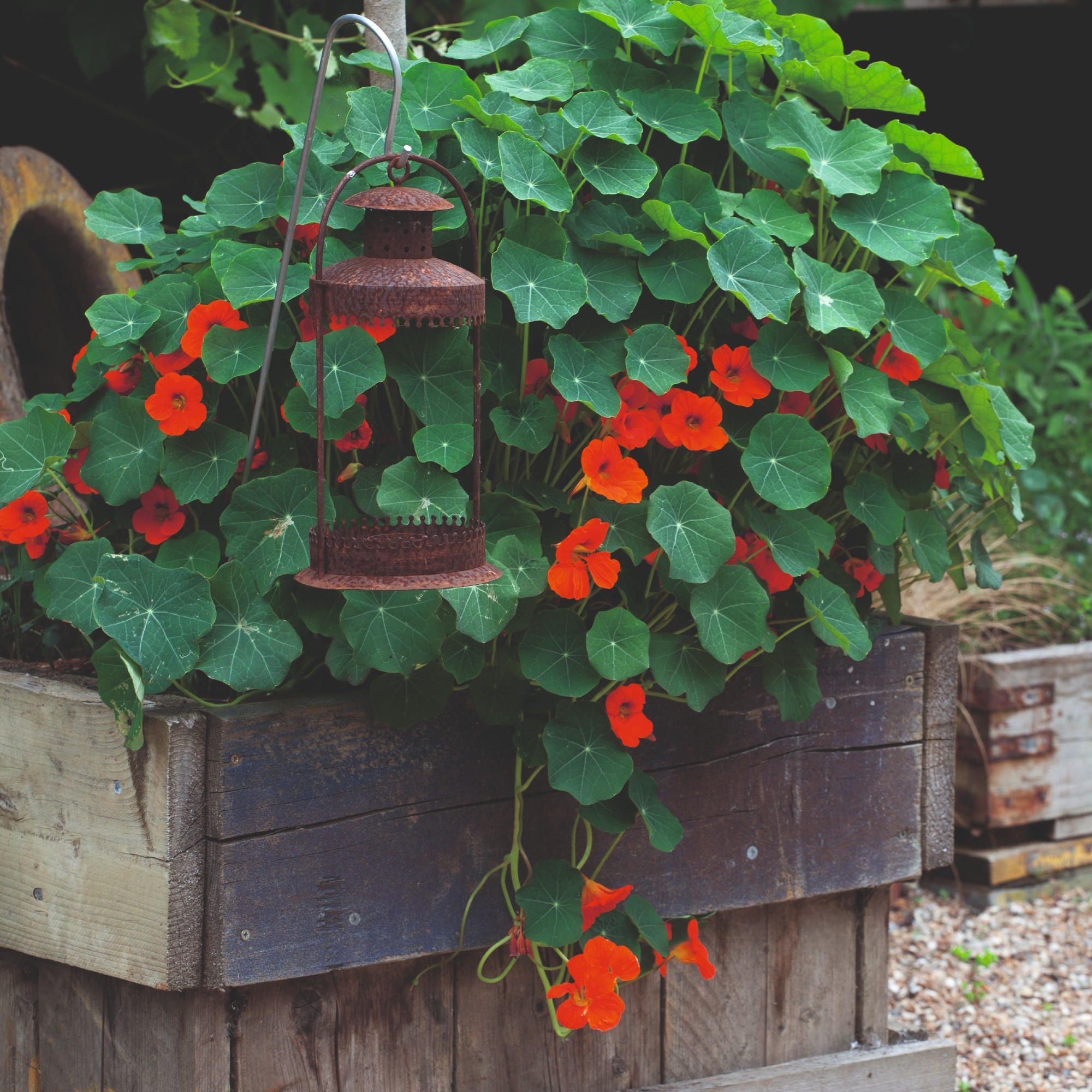
Sacrificial plants work wonders with caterpillars, as they're both lazy and incredibly savvy at the same time.
As Gardening expert Harry Bodell at PriceYourJob.co.uk explains, 'Caterpillars will emerge from their egg sack and immediately start feeding on the host plant, consuming leaves, stems, roots, flowers and fruits, depending on the species. They won’t move off the host plant even if they run out of food, which is why some plants can be stripped clean by caterpillars.'
And while this may seem like a negative, this can be turned into a positive. If you physically move them away from the vegetables or plants they have claimed as their own, they will stay there from that moment on.
So, by moving the caterpillars onto your sacrificial plants, you (and Nancy) can be sure that they won't bother your precious veg again.
However, Morris Hankinson, Director of Hopes Grove Nurseries, has issued a warning to those looking to follow Nancy's lead. He says, 'Some caterpillars are quite particular about the plants they feed on, often choosing only specific "host plants".'
'These plants were chosen as they provide the exact nutrients they need to grow and develop. If you move caterpillars to a different plant, even one that looks similar, it could mean they don’t get the sustenance they need to thrive.'
Because of this, it's always best to take caution when moving caterpillars and using sacrificial plants. If you're ever in doubt, do your research.

Morris Hankinson is the founder and managing director of Hopes Grove Nurseries Ltd, the UK’s only specialist grower-retailer of hedging plants. He established the thriving business in 1992, shortly after graduating with a Commercial Horticulture Degree from Writtle College, Essex.
FAQs
What are sacrificial plants for caterpillars?
Although many garden pests are attracted to the same sacrificial plants, caterpillars know exactly what they like. The best sacrificial plants for caterpillars are:
- Nasturtiums.
- Nettles.
- Cuckoo flower.
- Garlic mustard.
- Holly.
- Ivy.
- Birdsfoot trefoil.
Should you pick up caterpillars?
One of the best ways to get rid of caterpillars is to rehome them and move them by hand. However, you should always wear gloves when doing this.
As well as protecting the caterpillar from potential germs, gardening gloves will also protect you from any potential spikes or irritation from handling the caterpillars.
So, will you be following Nancy’s lead?

Lauren Bradbury has been the Content Editor for the House Manual section since January 2025 but worked with the team as a freelancer for a year and a half before that. She graduated with a Bachelor’s degree in English and Creative Writing from the University of Chichester in 2016. Then, she dipped her toe into the world of content writing, primarily focusing on home content. After years of agency work, she decided to take the plunge and become a full-time freelancer for online publications, including Real Homes and Ideal Home, before taking on this permanent role. Now, she spends her days searching for the best decluttering and cleaning hacks and creating handy how-to guides for homeowners and renters alike, as well as testing vacuums as part of her role as the Ideal Home Certified Expert in Training on Vacuums, having spent over 110 hours testing different vacuum models to date!
